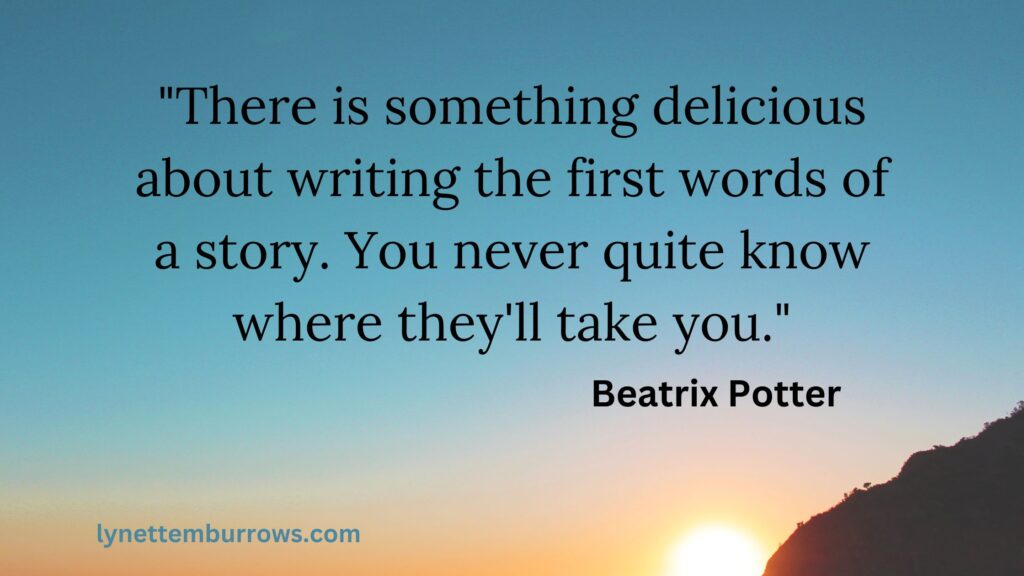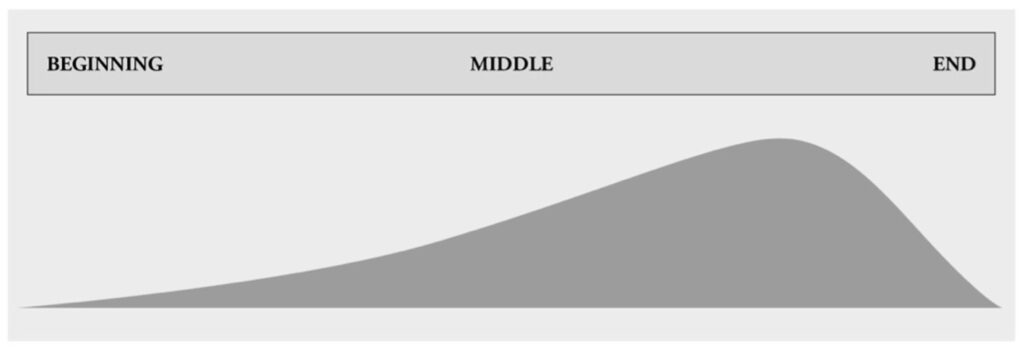by Piper Bayard of Bayard & Holmes

Many genres involve characters who at some point experience fear, and it is common for them to want to hide in their homes. Everything from creepy shadows, to hang up calls, to ominous social media posts or threats by mobsters can have our characters holing up.
Today, my military and intelligence veteran writing partner, Jay Holmes, and I are going to explore effective ways our characters can protect themselves in their homes when an antagonist is coming after them.
#1 - Perimeter Lights
Dark houses are much easier targets for all crimes than well-lit houses. Porch lights and motion-activated lights are great for a starting point, but perimeter lights that surround the property and illuminate dark spaces on the house and the grounds are better at deterring criminals. Lit grounds also give someone inside a dark house the advantage when a threat is outside.
I know what you’re thinking. . . . What about the neighbors? What about the HOA?

The way to deal with those potential obstacles is “landscape lighting.”
Good decorative solar lights can brighten driveways, highlight shrubs, define fence lines, etc. As for the house, strings of small white LED lights can line porches and roofs, providing enough illumination to be a deterrence. Landscape elements such as trees or water features are also great opportunities to place strategic spotlights for the sake of aesthetics.
My own HOA objected to the white lights surrounding the outside of my house. In response, I tucked them up to the roof of the porch where only the actual light is seen from the street, and I increased the number of solar landscaping lights. Now it’s compliments from my neighbors instead of complaints, and you could land a plane in my yard.
Keep in mind that perimeter lights can also be “holiday lights.” One obnoxious neighbor of mine has a 12’ skeleton in her yard year-round. She fights back against the HOA by putting different colored lights on it every month or two and calling it a “holiday decoration.”

The HOA has yet to find a way to force her to take it down. If you don’t mind changing out your perimeter lights every few weeks, this is another route to take. Not the massive skeleton . . . please . . . but the perpetual holiday lighting.
#2 - Doorbell Camera
A doorbell camera is not only useful for checking to see who is on the porch, but it also keeps a character from having to look through a peep hole in the door.
As soon as a peep hole is covered, a nefarious individual, such as an assassin, will assume it is covered by a face, at which point it’s easy to kill someone through a door. Our characters will have to do better than that.
A word of caution
While doorbell cameras are great for seeing who is outside when you are at home, a character that is worried for their safety should NOT put the app for their doorbell camera on their phone. Instead, link it to a computer inside the house.
This is because when people go out into the world with their phones in their pockets, their phones and apps can easily be hacked. The doorbell camera that lets the character know who is at the door will also allow the hacker to spy on the character.

#3 - Security Cameras
Security cameras inside the house can be helpful for our characters, as well. Our characters can use these cameras to make sure no one entered their property while they were away, and they can use the cameras to keep an eye on other rooms and spaces while they are at home.
The same caution we applied for doorbell cameras goes for indoor security cameras.
If our characters can use cameras to spy on others, others can use the cameras to spy on them. That’s why our characters need to take some precautions if they are going to use inside cameras at their homes.
Three ways to do this like a pro:
A. Like the doorbell cameras, it’s best to link the indoor cameras and recorders to a computer rather than to the phone in our character’s pocket. Otherwise, predators can hack into the cameras rather easily to spy on our characters.
B. When our characters enter their own property, they need to turn the cameras away from the living spaces. They should do this not only to keep hackers and other bad actors from spying on them, but to keep governments and electronics corporations from spying on them, as well.
Data is the new oil, and electronics corporations are infamous for using all of those “smart” devices to glean data for themselves and for foreign countries. (See Spycraft: Essentials by Bayard & Holmes.) And yes. Contrary to popular belief, regular people are that interesting.
C. Conceal cameras and any recording devices. If an antagonist enters the home and sees the cameras or recording devices, they can destroy or steal the electronics, thus obliterating the evidence.
#4 – Dogs
Dogs are a great deterrent to crime, particularly to random crimes where a specific person is not targeted. Even if the dogs are a bit friendlier than Cujo, solid barking will most likely keep our characters from being surprised in their own homes.

Notice I use the word “dogs” in the plural. That is because studies show that two or more dogs are far more of a deterrent to criminals than only one dog. Apparently, per Holmes, while one dog can be a threat to a bad actor, two or more dogs are far more psychologically intimidating.
Barking doorbells can be great for the allergy sufferers who, unlike me, do not let dogs into their space. *sniff* *cough* *pets the dogs*
These devices can sound exceptionally realistic, and the barks can be randomized so that it’s not the same pattern of “woof, woof” playing every time the bell rings.
#5 - Brains
In other words, our characters should think before opening their doors. They should stay away from the peepholes. They need to spy on the people at their doors before unlocking. Our characters need to embrace the sad fact that no matter how tasty those Thin Mints are, it’s probably not a Girl Scout ringing the bell at 1 a.m. Situational awareness is always the best defense.
Our next article will give more tips on how frightened characters can protect themselves in their homes. Until then, what questions do you have about home defense? And definitely please share any home defense techniques you already use down in the comments!
About Bayard & Holmes

Piper Bayard and Jay Holmes of Bayard & Holmes are the authors of espionage tomes and international spy thrillers. Please visit Piper and Jay at their site, BayardandHolmes.com. For notices of their upcoming releases, subscribe to the Bayard & Holmes Covert Briefing. You can also contact Bayard & Holmes at their Contact page, on X (formerly Twitter) at @piperbayard, on Facebook at Piper Bayard, or at their email, BayardandHolmes@protonmail.com.











